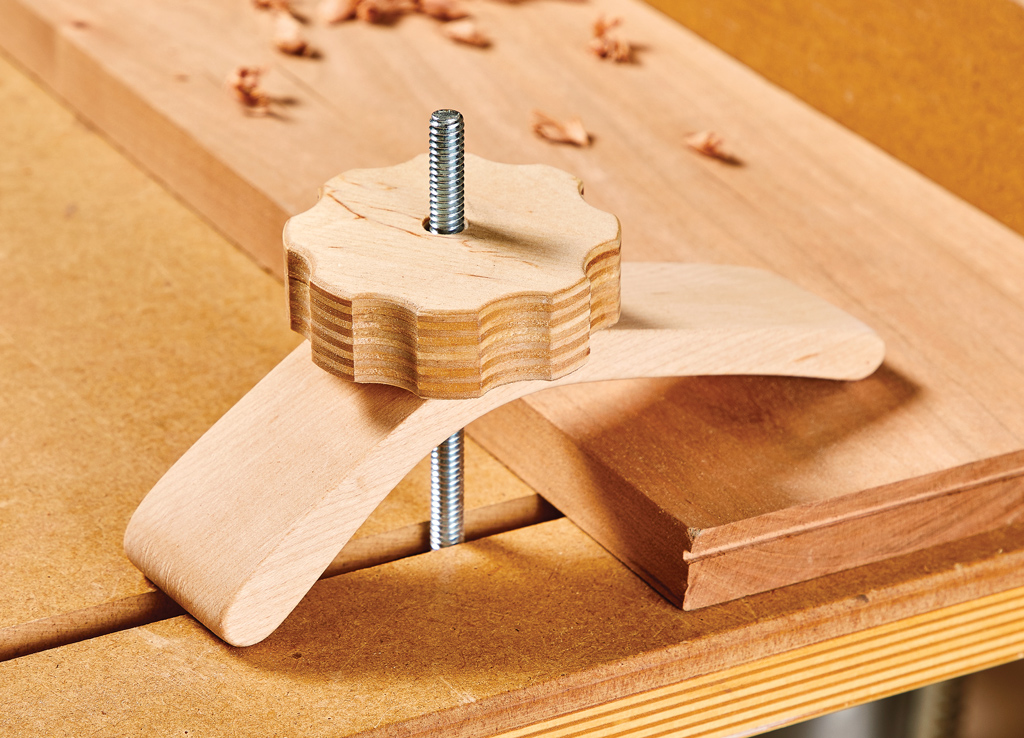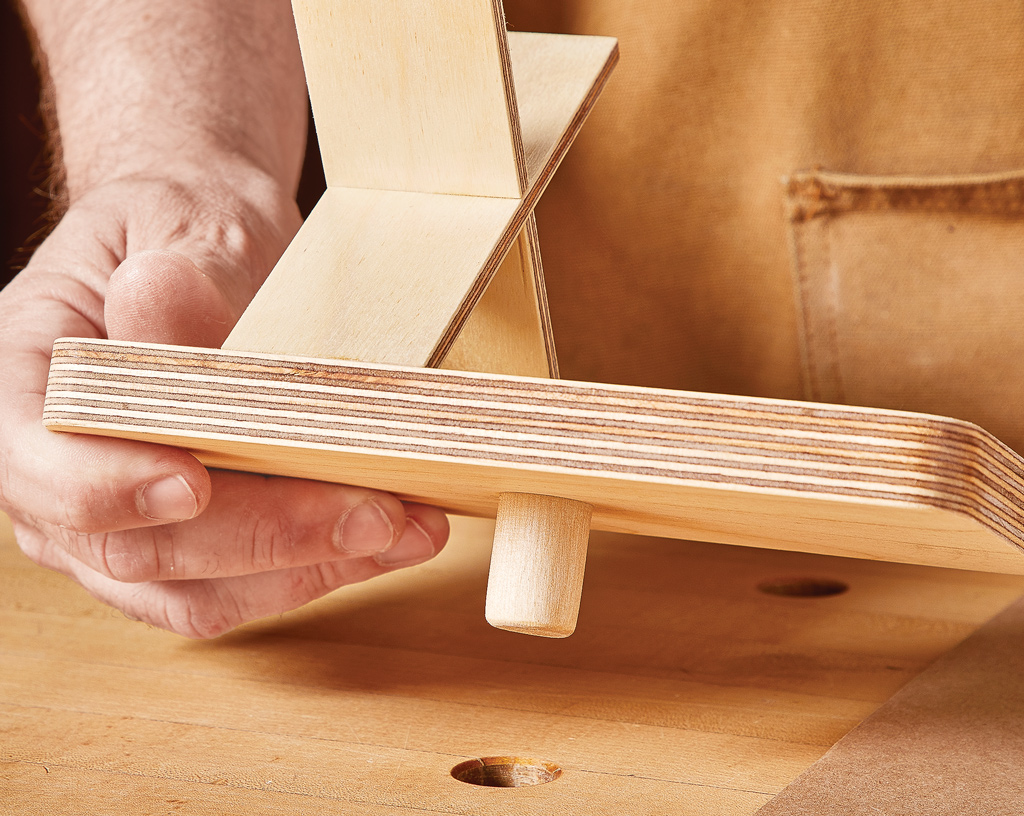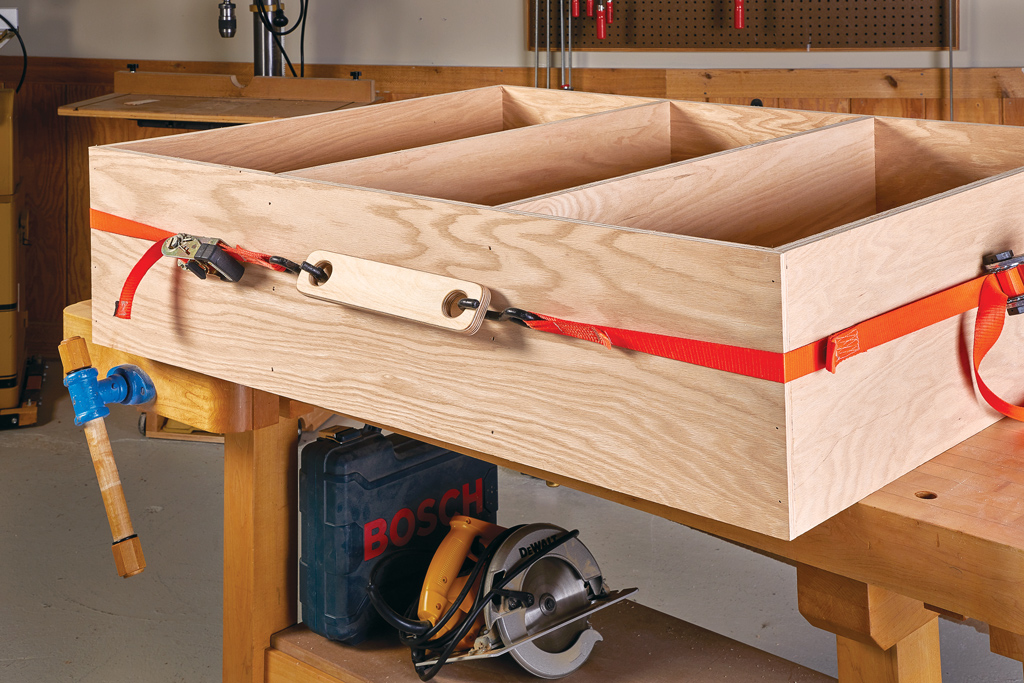Most case projects built from solid wood start with gluing up and surfacing the wide panels needed to make the parts. And the success at this stage can determine how the project goes from there on out. To get my projects off to a smoother start, I tried approaching panel glueups from a different angle. Briefly, the technique goes like this: I start by surfacing all the boards to final thickness. Then I lay them out, joint the edges, and very carefully glue up the panel one joint a time. This “extended” glueup allows you to concentrate on getting each joint perfectly flush, flat and tight.

I start by choosing stock for the panel and cutting the boards to rough width and length. You want a couple of inches extra length in the glued up panel and an extra inch or so in width for final sizing. Next, I joint one face of each board and then plane them to final thickness. Once all the boards are planed, I take them to the bench. Before I joint the edges, I do a little mixing and matching of the pieces. You want to arrange the boards in the panel to achieve the best figure and color match. When I’m satisfied with the lineup, I mark the order of the boards and take them to the jointer. After jointing each edge, the next step is to dry clamp the panel to make sure that the joints are tight, lie perfectly flat, and are also easy to align.

When the panel passes the dry clamp test, you can get ready to glue up the first joint. I like to start at one side and work my way across the panel. First I lay out a series of clamps and adjust them to the width of the boards. I also prepare an upper set of clamps to alternate with the lower set. You’ll need to have pads on your clamps or cauls ready to protect the jointed edges. After spreading glue on one edge, align the boards on the clamps and rub them together. There should be enough glue on the edge to keep the boards in contact. Before tightening the main clamps, I add a small clamp at each end to keep the two boards flush. Then I add the upper clamps and begin to tighten all the clamps. Remember, you’re only gluing one joint so don’t overdo it.

The next step is to wait while the glue sets up. After about 30 minutes, the joint will be strong enough to loosen the clamps and add another board. At this point, I also scrape off the gummy glue squeezeout. The next joint goes just like the first. Again, the key is to make sure the joint is dead flush and lies flat. And you simply repeat the process until you’ve completed the panel. I let the panel sit for several hours before the final step. When the clamps come off, I simply pick up a hand scraper and remove any remaining glue squeezeout and touching up the joints. A little fine sanding finishes the job.













